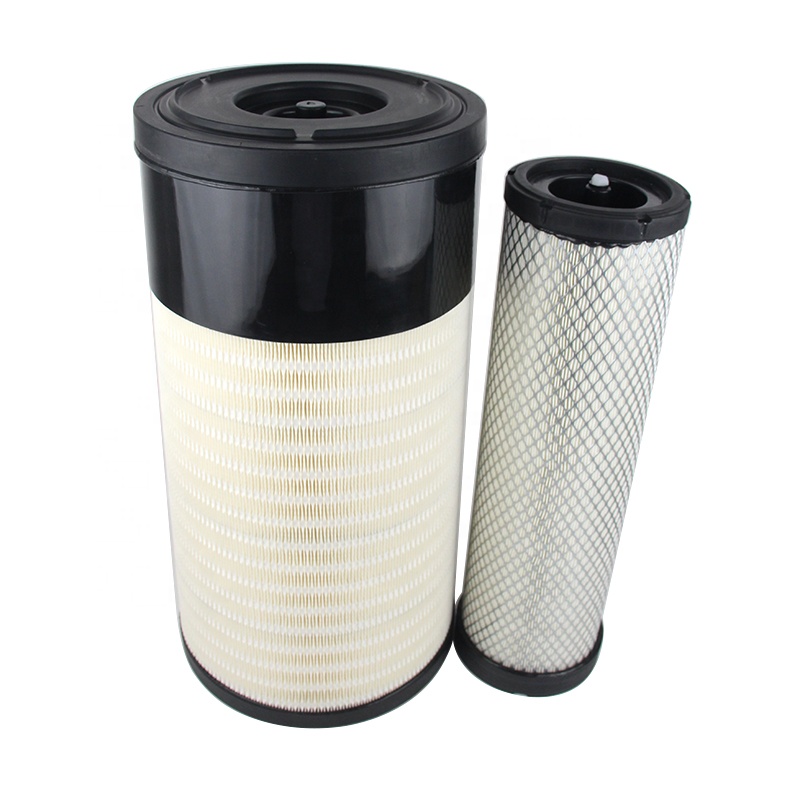Yes, a dirty and clogged air filter can impact your engine’s health and performance. That’s why experts recommend changing it regularly. To pinpoint the optimal time for a replacement, pay attention to these common issues that normally arise when you need a new engine air filter:
• The check engine light on the dashboard
• Reduced fuel economy
• Sluggish acceleration (more common in older vehicles)
1. Check Engine Light Comes On
The first sign that your engine air filter is clogged is when the dashboard check engine light (CEL) illuminates. The CEL warning light will turn on when the engine is not getting an adequate supply of air. If you have noticed other symptoms like lackluster acceleration or reduced fuel economy, then that light could very well be telling you the air filter might be clogged and needs to be changed.
2. Reduced Fuel Economy
Another common sign of a dirty air filter is reduced fuel economy. The engine is unable to pull in enough outside air for efficient combustion due to a clogged air filter. The engine then has to work harder and burn more fuel to provide the same amount of performance. If you’re finding yourself at the gas station more often, it might be time to replace your air filter. Although it depends on multiple factors, it’s believed that replacing a clogged engine air filter can improve your car’s gas mileage by as much as 10%.
3. Sluggish Acceleration
If you leave the check engine light on for too long, you will experience reduced engine performance due to a clogged air filter. This is especially the case with older vehicles. Airflow restriction caused by a dirty filter can strain engine components and lead to poor combustion. So, what happens? Your engine compensates by using more fuel to create the same amount of power. This is not only inefficient, but it also means you will notice reduced acceleration and less horsepower.
Why Engine Air Filter Should Not Be Inspected Unless Replaced
Some people advise performing a visual inspection and manually checking if the engine air filter is dirty. However, if the reason for your check engine light (CEL) is a suspected dirty air filter, then the filter should be changed. A great deal of effort must be exercised if the decision is made to inspect a used air filter since there is a danger of introducing contamination to the engine side of the filter. This contamination could then be pulled into the engine unobstructed, causing potential harm. For this reason, it is suggested that if the air filter is removed even for inspection, it should be replaced. Replacing your engine’s air filter is a relatively simple operation and can be performed with basic hand tools.
How a Dirty Air Filter Affects Your Car Performance
Just like a clean engine air filter will help optimize emissions as well as improve acceleration and fuel economy, a dirty filter can lead to:
Damaged Spark Plugs: Driving with a clogged air filter for too long can cause an excess of unburnt fuel, leading to carbon deposits on your spark plugs. This, in turn, can cause misfires, rough idling, and difficulties starting the engine.
Reduced Engine Performance: The restricted airflow can lessen the engine’s power. However, when you start seeing loss of power and sluggish acceleration from a clogged air filter, there’s going to be a check engine light already illuminated on the dashboard.
Engine Damage: The worst-case scenario is that a very dirty air filter allows dirt and particulates into the engine, causing substantial wear and tear over time.
Increased Emissions: Due to incomplete combustion from lack of air, your vehicle might release more pollutants, affecting air quality and potentially failing emission tests.
To protect your engine, it is essential you prioritize preventative maintenance schedules according to your car’s owner’s manual. This includes performing regular check-ups to avoid unexpected issues. If you’re driving under normal driving conditions, such as commuting in the city or highway driving, you can follow the standard maintenance schedule. However, if you frequently drive in challenging conditions, like dusty roads, it’s best to follow the severe maintenance schedule in your car’s owner’s manual.

Post time: Oct-30-2024

